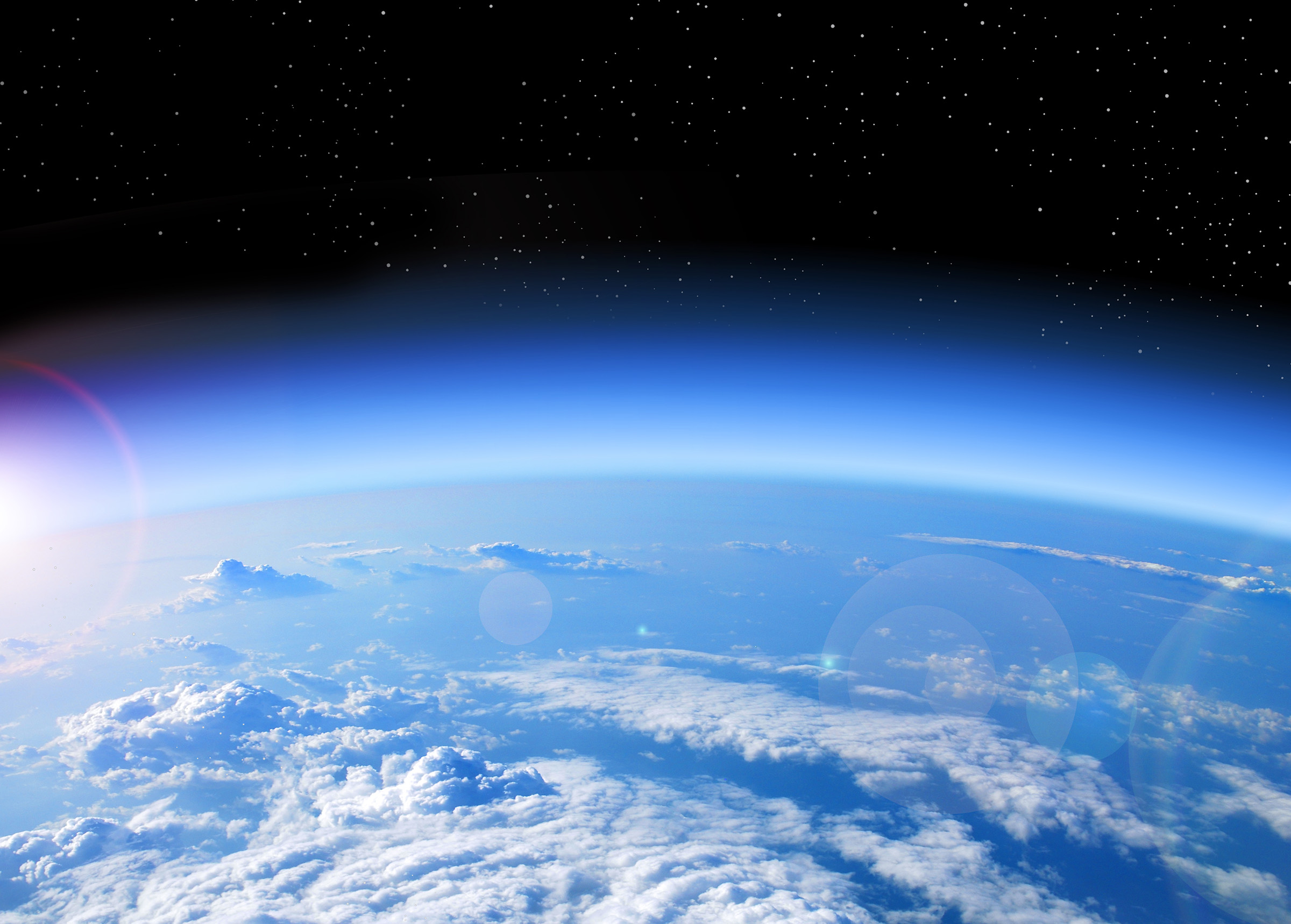Massive Buildings Are Actually Slowing Down Earth's Rotation
So called human-built megastructures may actually be slowing down the Earth's rotation. This isn't exactly new information, but it has recently been making the rounds again, especially on social media. But just how likely are these massive buildings to actually slow Earth down?
Well, according to NASA scientist Dr. Benjamin Fong Chao, a massive structure like the Three Gorges Dam in China—which measures over 185 meters tall (around 600 feet)—has the potential to slow Earth's rotation by up to 0.06 microseconds, or 60 billionths of a second.
That might not sound like much, but when we're talking about the Earth's rotation, every billionth of a second can have a massive effect on our planet and the parts of our world that rely on the planet's rotation remaining stable. Additionally, Chao and others have calculated that these human-built megastructures can also have an effect on the location of the Earth's poles.
According to the report, which NASA posted publicly back in 2005, a structure the size and mass of the dam could also cause Earth's poles to move by up to two centimeters. Again, it doesn't sound like much, but every little bit counts in these matters. And with other reports of Earth's spin increasing, there could be room for concern here.

To fully understand how these human-built megastructures affect Earth's rotation, though, we have to dig into the math a little bit. See, when the Three Gorges Dam is full, its local mass and the distance of the mass from Earth's rotational line increases. This causes what scientists call the moment of inertia to increase, too, creating a very small bit of resistance to how Earth spins.
We also have to look at the angular momentum of the Earth, which is always conserved. This means that it never changes, so other factors have to change to keep it stable. Hence the chance in Earth's rotational speed. When the distance of the mass is increased, the object must slow down to keep the same angular momentum.
However, if the distance of the mass decreases, then the object must speed up to keep its angular momentum. This same explanation works for how human-built megastructures affect Earth's rotational speed. As the mass of the dam increases (as water is filtered into it) the Earth must slow down so that it can keep a stable angular momentum.
And it's possible that other structures out there could have even smaller effects on Earth's rotation. But what exactly does this all mean? Well, it means that we could eventually see much larger changes in how long days last. Of course, that's a good several thousand years off, at the worst. But, it is something scientists will undoubtedly want to keep an eye on.
